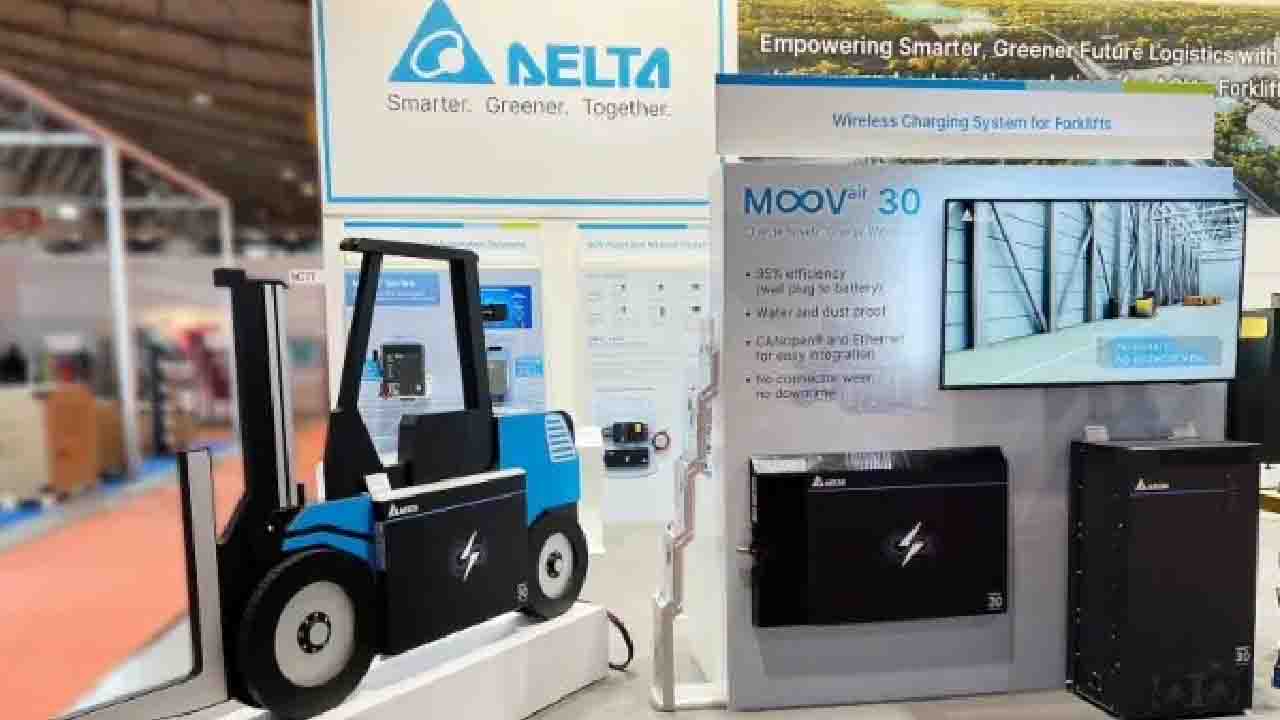(Commonwealth) _ The world of logistics and industrial operations has seen significant technological advancements in recent years, transforming the way businesses manage their operations. One such innovation that holds the potential to revolutionize the efficiency and convenience of forklift operations is the e-Forklift Wireless Charging System. This cutting-edge technology aims to streamline the charging process, increase productivity, and enhance safety in warehouse and distribution center environments. In this article, we delve into the workings, benefits, and implications of the e-Forklift Wireless Charging System.
Traditional forklift charging involves manual battery swapping or physically connecting charging cables to each individual forklift. These methods are not only time-consuming but also prone to wear and tear, posing safety hazards in busy industrial settings. The e-Forklift Wireless Charging System seeks to address these challenges by enabling energy transfer through electromagnetic fields, eliminating the need for physical connections. At the heart of this technology is a charging pad or station, strategically placed in high-traffic areas within a facility. When a forklift equipped with the necessary receiver technology comes into proximity with the charging pad, the system automatically initiates the energy transfer process. Through electromagnetic resonance or inductive coupling, energy is wirelessly transmitted from the charging pad to the forklift’s battery, efficiently replenishing its power levels. This automation significantly reduces downtime, allowing operators to focus on core tasks instead of managing charging logistics.
The e-Forklift Wireless Charging System slashes the time spent on manual charging tasks, leading to increased productivity. Forklift operators can seamlessly integrate charging into their routines without disrupting workflow, resulting in smoother operations and higher throughput. Safety is paramount in industrial environments, and the elimination of charging cables minimizes the risk of tripping hazards and accidents caused by exposed wires. Moreover, the reduction in manual intervention reduces the chances of human error during the charging process. Traditional charging methods require designated charging areas with ample space for maneuvering and connecting cables. The wireless charging system eliminates the need for such space, allowing businesses to optimize their floor plans and allocate more room for storage or operational activities. Properly managed charging is crucial for maintaining battery health and extending lifespan. The e-Forklift Wireless Charging System employs intelligent charging algorithms to optimize battery charging patterns, preventing overcharging and preserving the battery’s overall health.
The introduction of the e-Forklift Wireless Charging System carries significant implications for the material handling industry and beyond. As more businesses adopt this technology, the landscape of warehouse and distribution center operations is likely to evolve. The demand for traditional charging infrastructure may decrease, paving the way for more streamlined facility designs that focus on operational efficiency. The wireless charging technology could drive the adoption of electric forklifts. With the convenience of wireless charging, the barriers to implementing electric forklift fleets could be significantly reduced. This transition aligns with the ongoing efforts to reduce emissions and promote eco-friendly practices in the industrial sector.








